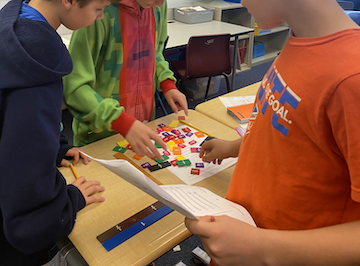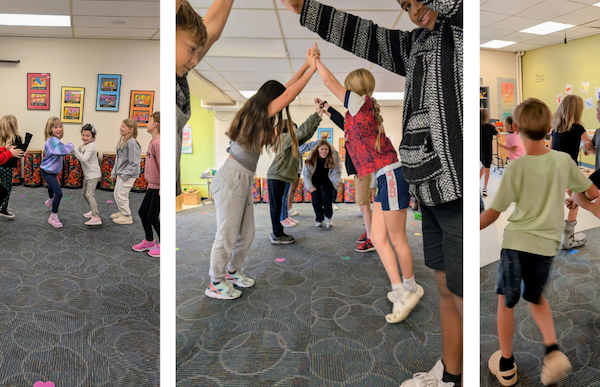
Language That Makes an Impact
November 14, 2023
Multisensory Math Instruction
December 6, 2023
Parenting a child with ADHD presents extra challenges compared to our neurotypical children.
In fact, our webinar, ADHD & Positive Behaviors at Home was our most popular download last month. So, we thought you might like some takeaways that you can use in your home as we enter the holiday season.
Our advice calls for remembering our core beliefs and being mindful of our child’s neurological challenges when we interact and communicate.
Beliefs
“I like you just the way you are.” Mr. Rogers said this and as parents we need to remember that we feel this way about our children. Even when our children do something that really disappoint us, we still love them. This will underscore all of our interactions.
Actions
Be engaged. Put away your cell phone. Dr. Mulcahey shares that in her years of experiences talking to teens, “I’ve asked is there anything you wish your parents would do or change? Is there anything you wish they would stop, or that they would start doing? Surprisingly, many would say, ‘put away their phone when we’re talking.’ They’re noticing we’re not always present on an emotional level.”
Knowledge
Neuropsychologist Russell Barkley proposes the 30% rule, which is to deduct 30% from your child’s age to determine their emotional maturity and level of personal responsibility. Kids and teens with ADHD need more supervision and structure than their peers because of the 30% rule.
How does this play out in family life? Think about whether you should leave your 12-year-old home with younger siblings, because the emotional age may be closer to 9. Likewise, when your teens are in high school you may need to be the parent who is more involved so you can keep an eye on things and make sure adult supervision is present.
Communication
Keep it brief. Use less language.
In terms of directions, be brief and specific. “Clean your room” is too vague. Instead, you’ll need to say, “Hang up your coat and put your dirty clothes in the hamper and put your toys in the box.”
Stand close when you speak to your child. Don’t yell from another room because you’re not there and they know that you’re not able to see if they’re complying.

Tell, don’t ask. When we ask a child to do something, they can misinterpret that as thinking there is actually a choice when there is not. We’re not asking if they feel like setting the table, rather we’re saying, “Please set the table.”
Don’t use sarcasm or excessive questioning like “What were you thinking?” or “Why did you do that?” I know sometimes as parents we can’t help making an occasional comment like this, but we do need to keep trying.
Be positive and specific. If you feel like you’re being a cheerleader, you’re doing the right thing. Examples of specific feedback go beyond “Good job!” or “You are so smart!” Specific praise references very specific behaviors. Two examples are: “I appreciate that you are looking at me when I am talking.” And “You kept your cool when your brother teased you!”
Try to increase your ratio of positive to negative feedback to 5 to 1. That’s five positive comments to every one critical comment! Our kids with ADHD can sometimes feel like a lightning rod for negative attention, so they need the extra positivity.
Dr. Mary Ann Mulcahey is a clinical psychologist in the Springer Diagnostic Center. Her webinar ADHD: Establishing Positive Behaviors at Home is available here.



